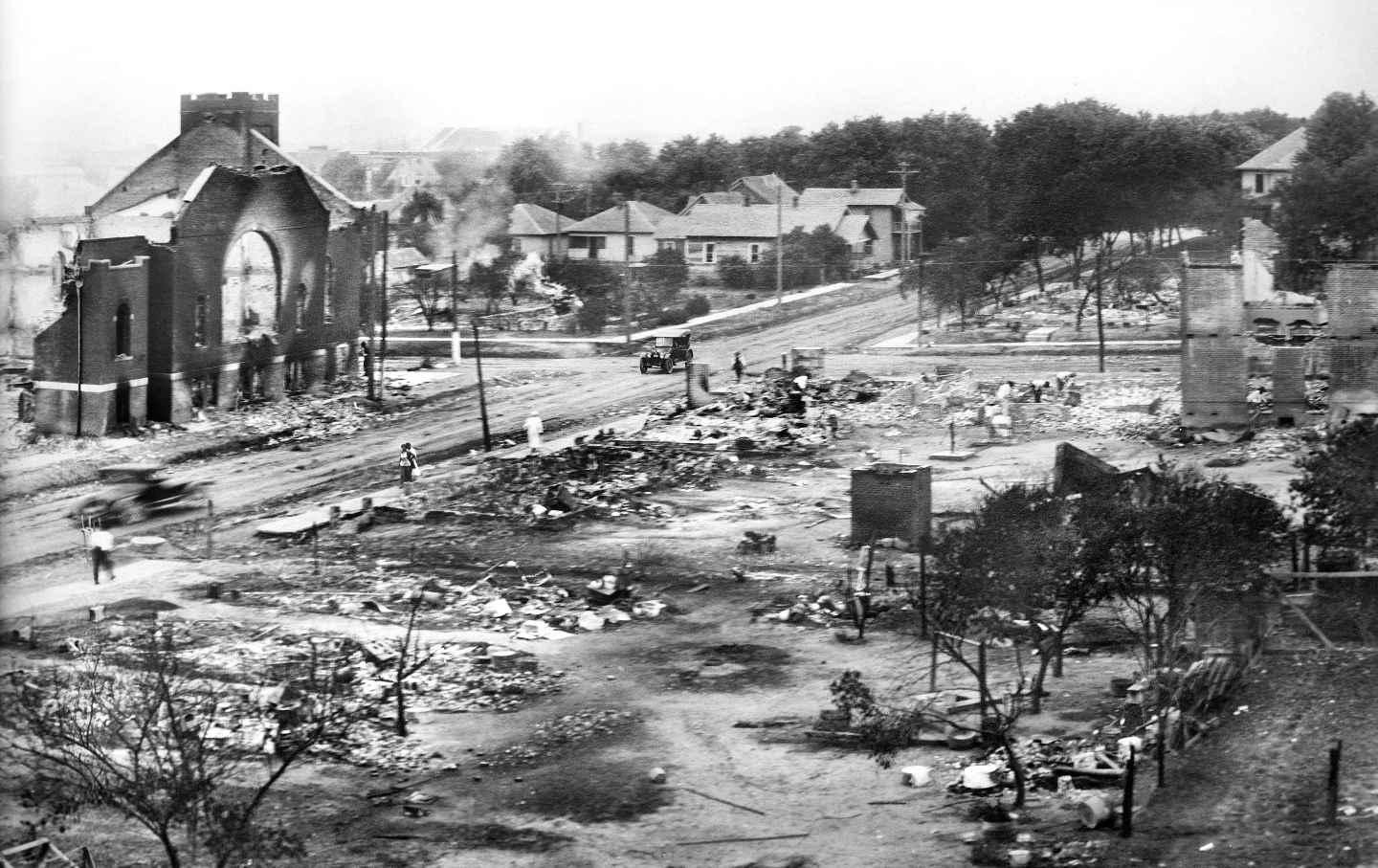
One of the worst racial pogroms in U.S. history might have been prevented if city and state leaders had done their jobs responsibly
The parallels to our own time unfortunately resonate—as government leaders continue to provide a cover for criminal activity and grant impunity to the perpetrators of atrocities
For years, the story of the 1921 Tulsa Race Massacre was suppressed, left out of history books and school curricula and ignored in the media. Many people who grew up in Tulsa said that they had never heard about the massacre, even though it took place in their own backyard.
As living witnesses and participants died off, the horrific events were belatedly rediscovered—and due to pressure from local Black leaders like Vanessa Hall Harper, the City of Tulsa allowed for the excavation of grave sites to try to determine precisely how many people had been killed.
Then on the 100th anniversary, the President of the United States visited Tulsa, and major media featured stories about the massacre and television networks aired films about it.
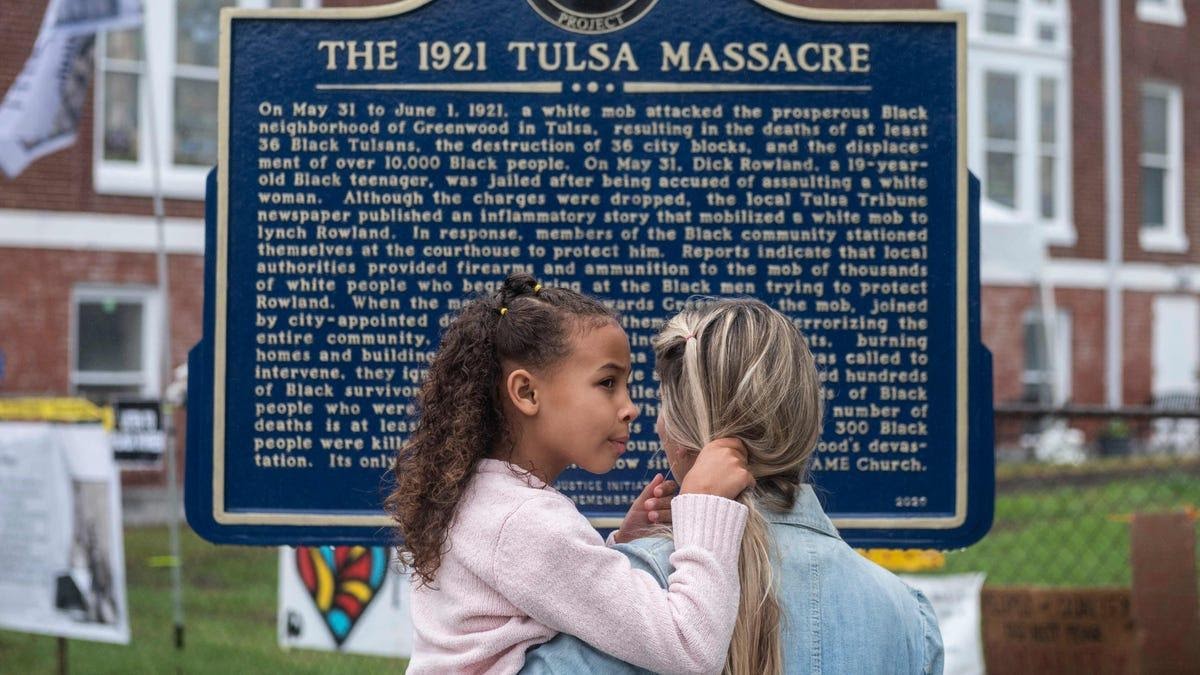
The Tulsa Race Massacre is now thought of by many people as a parable about America’s dark racial history, and the need to transcend it—a goal that appears uncertain in the era of Charlottesville and Donald J. Trump.
There is another moral to the story of the Tulsa Race Massacre, though, that is equally resonant today but has not been widely recognized.
A probe into the events of 1921 reveals the miserable failure of public officials tasked with the responsibility of protecting the public and upholding the rule of law in society.
Instead of trying to protect the Black community, Tulsa law enforcement and city officials, along with state authorities and the U.S. Army, gave carte blanche to, and even assisted, white vigilantes as they attacked and destroyed Black Tulsa.
The perpetrators of the mob violence were subsequently granted impunity: not one white person was ever prosecuted for murder, torture, looting or arson, even though those crimes were amply documented.
Blacks were also not allowed to return to their community, as the city took over their land and insurance companies deprived them of compensation.
While it is easy to attribute the failure of government officials at that time to the racism of the Jim Crow era, the parallels to today unfortunately are salient.
A new generation of leaders still protects the powerful when they violate the law while refusing to afford protection for their constituents from predation.
In just the last few years, government officials have helped cover up for rogue law enforcement agents who killed innocent citizens, such as Breonna Taylor and Laquan McDonald, and enacted laws that oppress minority groups and help further marginalize the poor. They also failed to hold powerful corporations and public officials accountable for massive war crimes on the international stage along with offenses like perjury.
The Obama administration tellingly refused to prosecute Bush administration officials for torture, Wall Street executives for financial fraud that helped crash the economy, and former Director of National Intelligence James Clapper for lying to Congress about the extent of U.S. government surveillance—which was itself illegal.
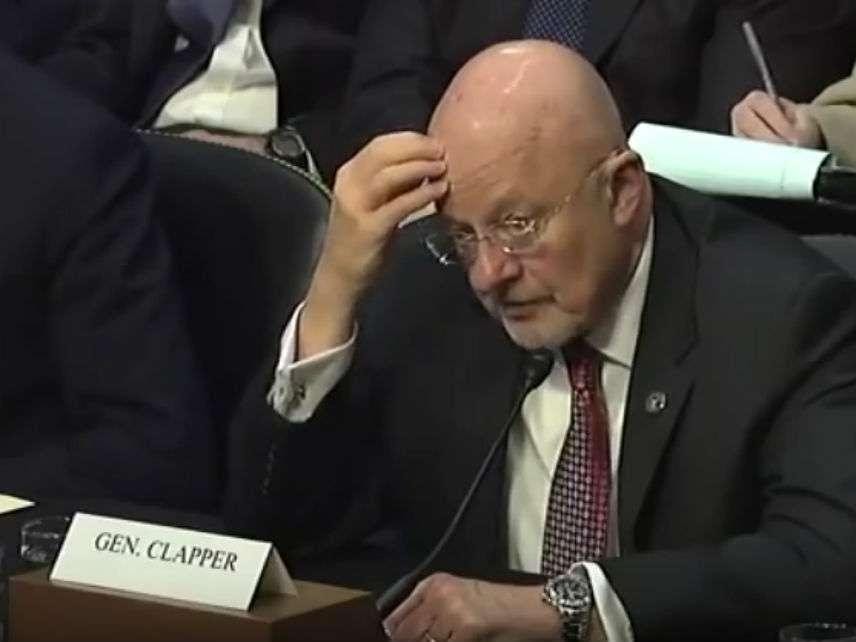
The implications of the failure of government officials—whether liberal or conservative—to serve as arbiters of justice is ultimately as significant today as it was in 1921.
In both cases, the victims of major crimes were never afforded restitution, and impunity of the perpetrators ensured that they or their heirs could act again.
Overview of the Tulsa Race Massacre
On the last weekend of May 1921, a white mob burned down the Greenwood District where African-Americans had achieved some prosperity and established a Black Wall Street despite living under segregation.
![The businesses of Black Wall Street in its heyday [Image source: America in Color: The 1920s, Smithsonian].](https://covertactionmagazine.com/wp-content/uploads/2021/07/the-businesses-of-black-wall-street-in-its-heyday.jpeg)
Tulsa at the time was a new city that had sprung up because of an oil boom.
A large Black population had come to the Oklahoma territory beginning in the 1830s as the slaves of Native Americans who had been relocated there under Andrew Jackson’s Indian removal policy, and because of the offer of land allotments to freed slaves after the Civil War.
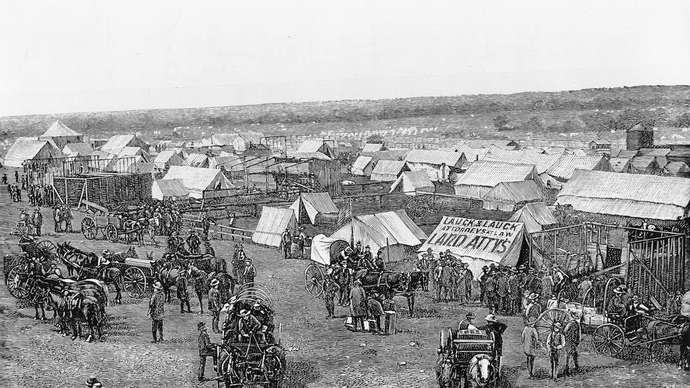
The white community was resentful of the success of Black Wall Street and fact that Blacks who worked for whites were spending their money in Black-owned businesses.
At least 300 Blacks were killed in the pogrom, and 1,000 Black homes, businesses and churches were razed and plundered by some 15,000 white citizens, law enforcement officials, and military personnel.
The massacre began because of an allegation of sexual assault of a young white woman by a Black man, Dick Rowland.
On the morning of May 30, 1921, Sarah Page, 18, a white elevator operator, was alone in an elevator with Rowland, aged 19, in a downtown building. There is much speculation but little evidence as to why they were alone or what transpired in that closed intimate space, but we do know that Page screamed and then Rowland fled the scene.
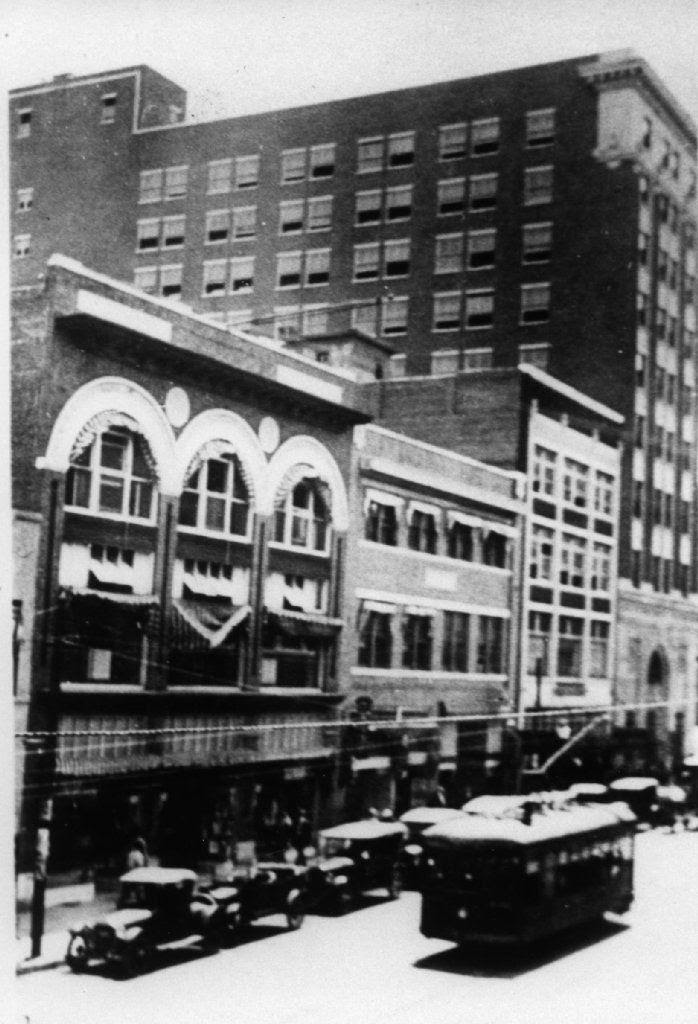
Oral accounts of the incident circulated among the city’s white community and became more exaggerated with each telling. Tulsa police arrested Rowland the following day, a Tuesday, and began an investigation.
The Tulsa Tribune, the city’s afternoon daily newspaper, reported that Rowland had attempted to rape Page and published a now-lost editorial about the incident titled “To Lynch Negro Tonight.”
When a white lynch mob formed to get Rowland, a Black rescue party, made up mostly of Black World War I veterans, mobilized to try to protect him.
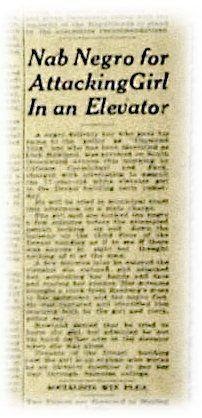
The sensational reporting of the Tulsa Tribune spurred a confrontation between the Black rescue party and the white lynch mob around the courthouse.
Both groups were heavily armed.
When a white man attempted to disarm a Black veteran, shots were fired and people on both sides of the racial divide died immediately.
The outnumbered Blacks began retreating to the Greenwood Avenue business district. Many Black Tulsans fled for safety, but some with military experience stayed, opting to stand their ground and defend their community from an oncoming angry mob.
Fighting erupted along the Frisco railroad tracks, but Black defenders were eventually overpowered by superior numbers and firepower as angry whites descended on the Black enclave in Greenwood.
One eyewitness wrote: “All night long they could be heard firing from both sides, while the Whites were marshalling more than 5,000 men who had surrounded the Negro section to make an early attack in the morning on more than 8,000 Negroes.
As daylight approached, the Whites were given a signal by a whistle, and the dirty, cowardly outrage took place. All of this happened while innocent Negroes were slumbering and did not have the least idea that they would fall victims of such brutality.
At the signal of the whistle, more than a dozen airplanes went up and began to drop turpentine bombs upon the Negro residences, while the 5,000 Whites, with machine guns and other deadly weapons began firing in all directions.”[1]
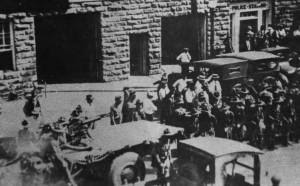
The Greenwood District was pillaged and burned to the ground. Crop duster airplanes were used to drop makeshift bombs onto buildings. Torchlights were used with gasoline to raze the Black settlement. The National Guard—under the direction of J. Patrick Hurley, who was later appointed as Franklin D. Roosevelt’s ambassador to China—carried a cutting edge, high caliber machine gun through the streets of North Tulsa.
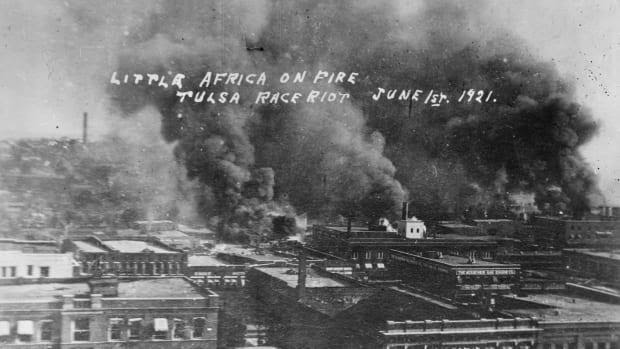
Black Tulsans made haste to flee the city to safety, but many Black men, women, and children were killed by the mob. Women dragged their children while running for their lives. Whites, who had gathered overnight from all over the region, fired at them as they ran. Black hospitals, with the sick and injured inside, were burned as many Blacks died in the flames.
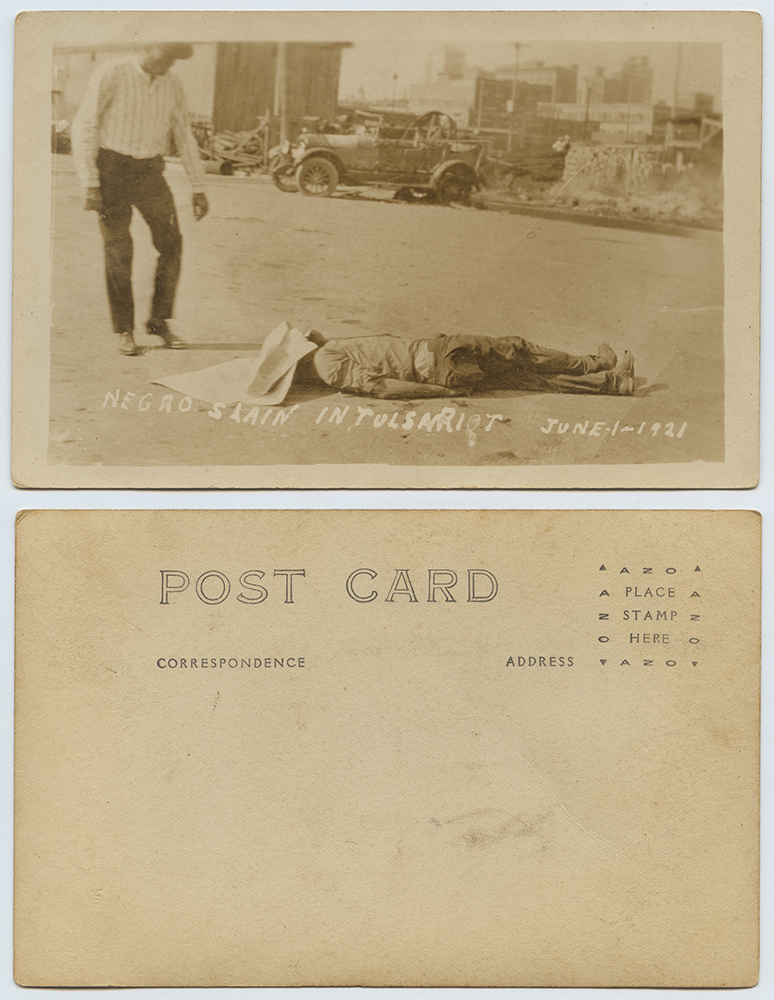
Several Black Tulsans were tied to the backs of automobiles and dragged through the streets while bullets were being fired into their bodies. As the fighting progressed, the remaining Blacks were captured and rounded up by the National Guard to be placed in an internment camp in a downtown convention hall.

Most Blacks were taken prisoner. After more than 400 homes had been cleared of their Black owners, the burning and looting continued.
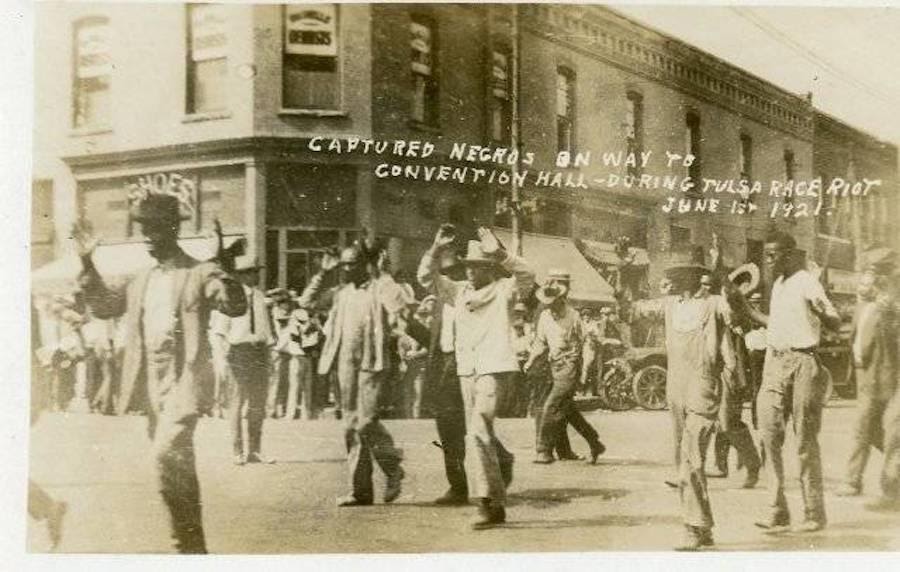
The Greenwood District, also derogatorily referred to as Little Africa, was pillaged, and burned to the ground. Hundreds of innocent and defenseless citizens were slaughtered. Not only was Tulsa’s legacy tarnished, but a huge volume of Black life, liberty, and property was lost that day.
Police Complicity and Terrorism
The Tulsa Race Massacre was a state-sponsored massacre.
Tulsa’s law enforcement, local, and state government employed intimidation, coercion, and violence to instill terror in Black Tulsans to the ends of political and economic exploitation. Black Tulsans tried to take up arms and defend themselves against their own government, but to no avail.
Oklahoma Assistant Attorney General Kathryn Van Leuven—the first female in her position in the country—launched an investigation into Tulsa law enforcement just months before the massacre and reported that the police department suffered from corruption, incompetence and a gross lack of resources. Poor local law enforcement made mob rule inevitable.
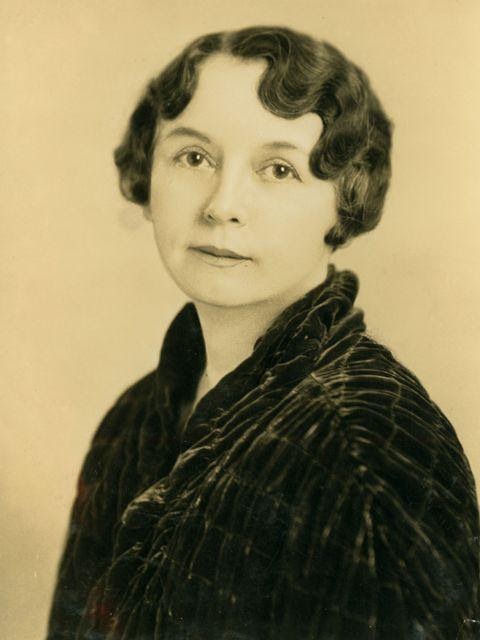
The police chief at the time of the Tulsa Race Massacre, John Gustafson, had worked as a spy for private detective agencies that infiltrated labor and leftist groups, and had a reputation for condoning lynching under his jurisdiction.
Tulsa County Sheriff Willard McCullough warned that Gustafson had been connected with the criminal underworld—snitches and crooks—and that he would “have no other kind of men on his force, and that such a police force would be a menace to the City of Tulsa.”
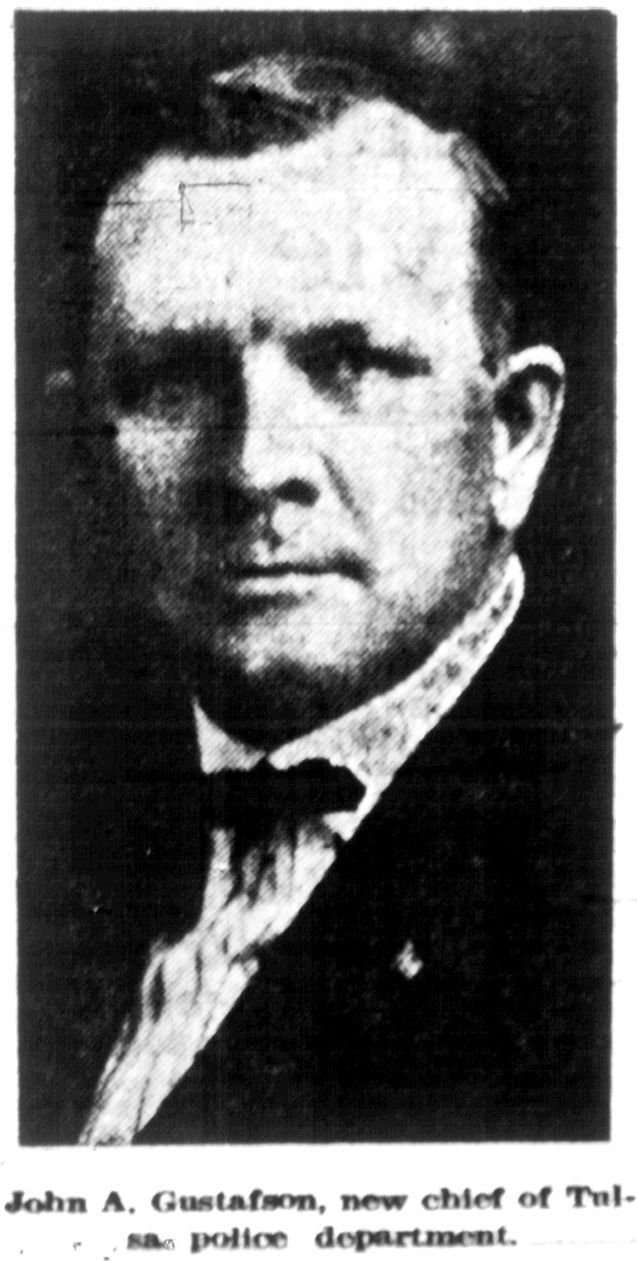
These words proved to be prophetic.
Neither the sheriff nor Chief Gustafson made a serious effort to disperse the white crowd that gathered to witness or participate in the lynching of Dick Rowland.
The arrival of approximately 200 armed Blacks, including World War I veterans in the midst of an angry white lynch mob 2,000-strong proved too much for the ill-trained and ill-prepared peacekeepers of Tulsa County.
The entire Tulsa police force was never called to the scene, and the few present were ill-equipped for the pending threat of mob violence. While the sheriff made a diligent effort to protect the life of Dick Rowland, no law enforcement agency made any effort to disarm or disperse the white rioters.
Once the violence erupted, Captain George H. Blaine of the Tulsa Police Department broke into McGee’s Hardware Store (Black-owned) and dealt out guns to white rioters. Gustafson deputized the same whites from the mob to help murder and inter the city’s Black populace.
On June 2, 1921, Adjutant General Charles Barrett of the Oklahoma National Guard declared that these special officers were chiefly instrumental in inciting the outbreak and did most of the shooting. Twenty years later, Barrett wrote that “they became as deputies the most dangerous part of the mob” and were the heart of Greenwood’s incendiaries.

Mayor T.D. Evans—a Failed Umpire
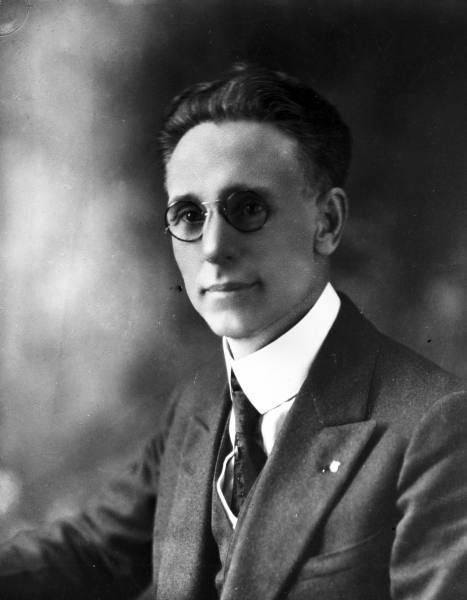
Tulsa’s Mayor at the time of the massacre, T.D. Evans (1920-1922), had been a Judge who, in November 1917, convicted 17 members of the anarcho-syndicalist Industrial Workers of the World (IWW, aka “Wobblies”) of not owning a war bond—a conviction that smacked of political and ideological retaliation.
Because the war effort consumed so much oil, Tulsa stood to gain economically from it and any opposition to it was viewed as a threat to prosperity and success. Oil industry executives also hated the Wobblies because of the threat of strikes that might dampen their profits.
After the trial, the “Wobblies” were placed in police cars and delivered into the custody of the Black Robes of Liberty, a vigilante group affiliated with the Ku Klux Klan (KKK), which drove the Wobblies outside of town, tied them to trees, and horse-whipped them and poured boiling tar on their backs.
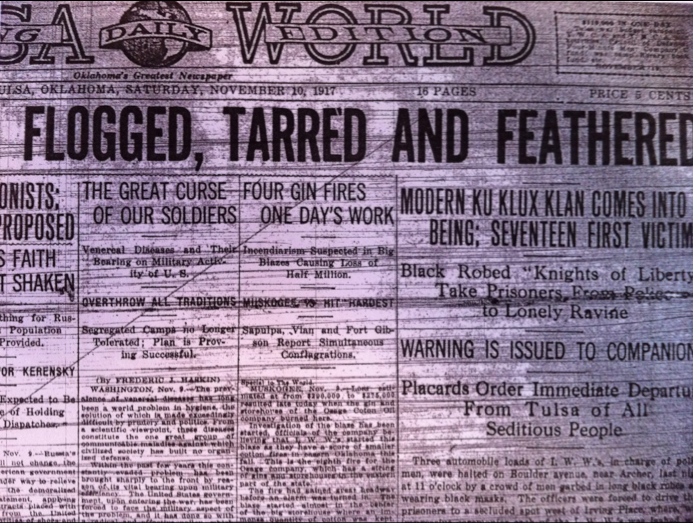
An investigation by the National Civil Liberties Bureau determined that one of the main perpetrators of the torture was Tulsa’s police chief, Ed Lucas.
A Republican lawyer and wealthy real estate investor, Evans won the mayoralty on a platform of building a pipeline to bring fresh water to Tulsa. He was also sympathetic to the local KKK.
After the violence, Mayor Evans publicly blamed North Tulsa for the destruction, charging 55 Black Tulsans with inciting a riot.
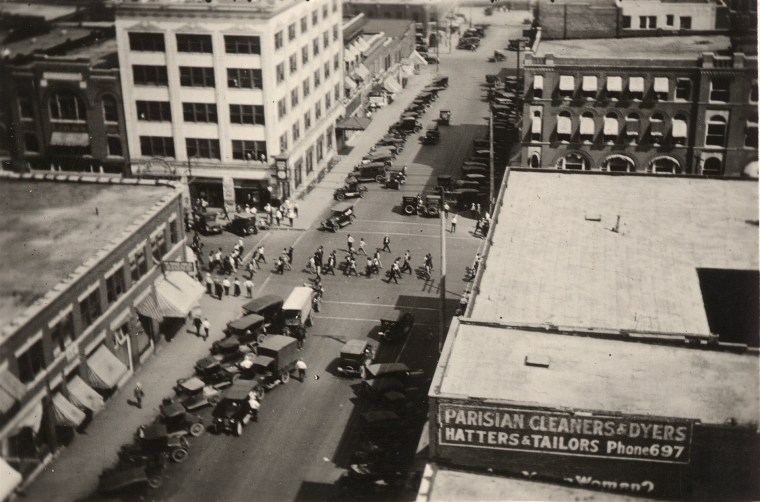
He further disbanded the Executive Welfare Department in charge of post-riot “humanitarian” efforts—accusing it of challenging his authority—and replaced it with friends, cronies, and real estate business partners—among them members of the KKK—who made up the Reconstruction Committee or Real Estate Exchange.
No Black Tulsans sat on the exchange, which decided not to raise any funds to aid the rebuilding of Black Wall Street and to relocate survivors of the massacre further north.
The exchange in turn schemed to transfer Black lands, resources, and wealth into the coffers of some of the wealthiest white Tulsans through a plan to rezone the burned district into an industrial zone and by constructing a profitable railroad station on the smoldering remains of “Little Africa.”
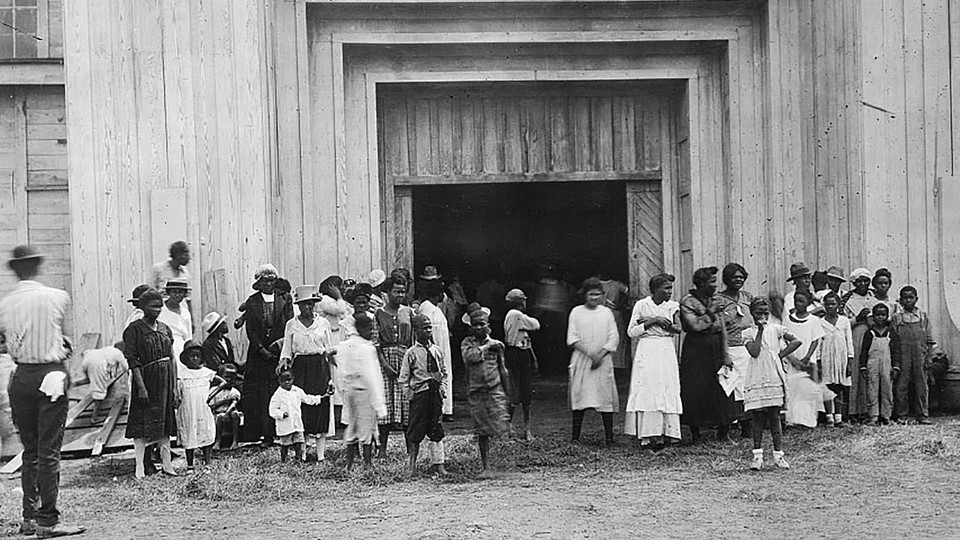
Local real estate groups saw the destroyed district as lucrative for future industrial use and Blacks as an obstacle to the economic development of the city.
After a low-ball attempt by Evans’s committee of speculators to purchase the land from the massacre victims backfired, a maneuver was made to rezone the district as part of city fire limits.
This ordinance made it financially impossible for most Black Tulsans to rebuild their homes. Mayor Evans rejected the Chamber of Commerce’s suggestion to help Blacks rebuild on their own land and actively worked to relocate Black Tulsans to temporary shacks that could be easily condemned when railroad plans were ready.

Evans showed undeniable hostility toward Blacks as he tried to prevent the Red Cross from distributing emergency tents for Black families during the winter of 1921 and halted all incoming donations for rebuilding the Black district.
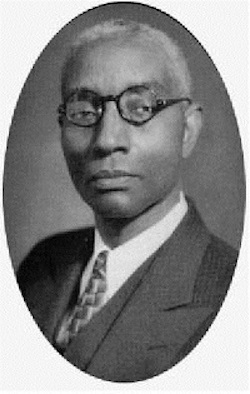
His overtly predatory business tactics against some of his most vulnerable constituents classify his actions as nothing less than a betrayal of his office.
In the end, Mayor Evans’s and his cronies’ plan to rezone Black Wall Street was thwarted thanks to the efforts of Black attorney Buck Colbert Franklin (1897-1960), whose son John Hope Franklin became a pioneering Black historian.
Franklin’s successful lawsuit against the city won the votes of three Oklahoma Supreme Court justices who agreed that the fire ordinance supported by Evans was unconstitutional and took private property without due process.
Land-grab efforts persist today as gentrification and eminent domain efforts continue to relocate poor, Black, and Brown families from profitable areas in North Tulsa.
White Supremacy and the Breakdown of Law and Order
The KKK operated in the open at the time of the Tulsa Race Massacre and counted some of the most prominent Tulsans as its members.

Foremost among these was Wyatt Tate Brady, a pioneer Tulsa developer and Oklahoma’s first Democratic Party national committeeman, who served as a guiding member of Evans’s real estate exchange.
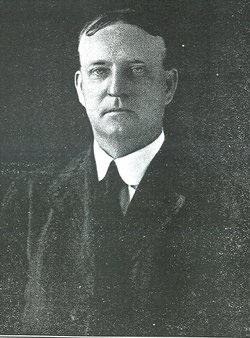
According to descendants of survivors of the Tulsa Race Massacre, Brady helped coordinate the attack on Greenwood from his mansion in downtown Tulsa, setting up a war room in his house replete with maps.
At one point, he reported for “Guard duty” and oversaw the killing of five Blacks, including one who had been dragged from a car with a rope around his neck.
Just three years before the massacre, Tulsa had hosted the largest reunion of Confederate veterans after city leaders raised $100,000 to cover the cost of the event.
W. Tate Brady—whose father had fought with the Confederacy—was the primary organizer of the reunion. Its committee members included judges, ministers, and influential names that are still widely recognized in Tulsa.
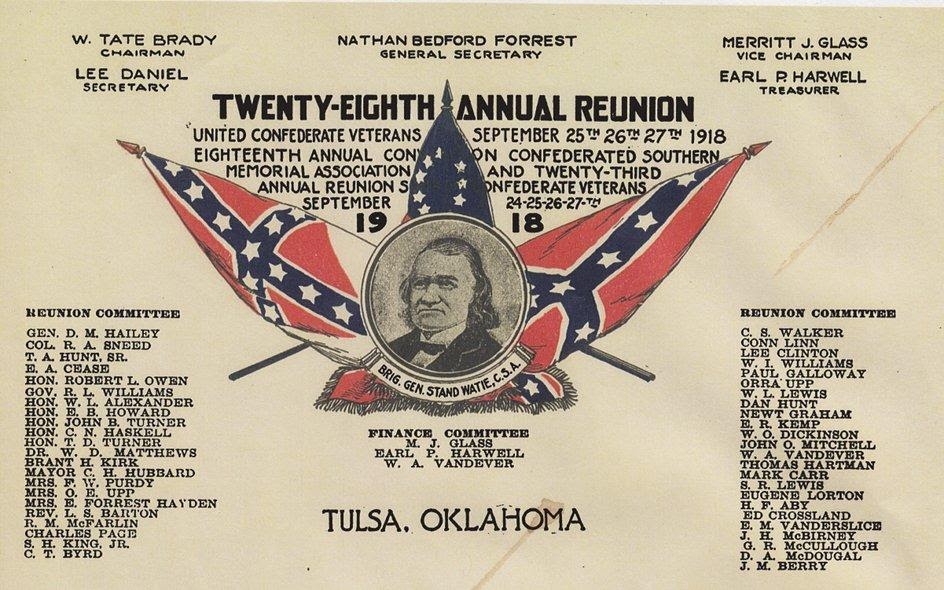
Alfred L. Brophy, Professor of Law at the University of Alabama and author of Rebuilding the Dreamland, argues that the massacre represents a complete breakdown of law in early Oklahoma. “City and state law officials are largely to blame for the destruction of the Greenwood community,” he said, because of their endorsement of the violence by the white mob and failure to hold any of the perpetrators accountable for their actions.
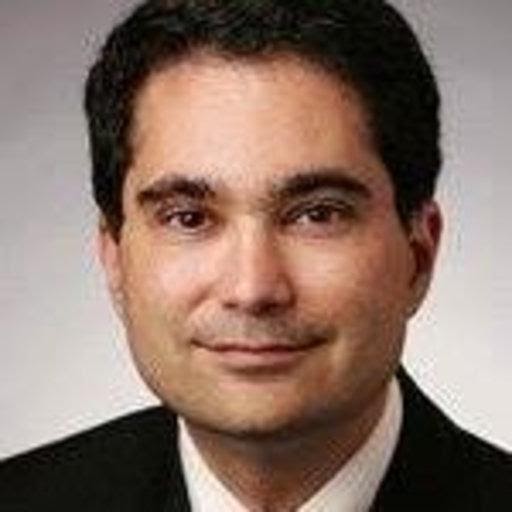
According to Brophy, two separate understandings of the definition of law existed prior to these events: Whites interpreted the law to subjugate Blacks, while Blacks interpreted the law as the most prudent avenue to equal treatment.
As mayors and sheriffs participated in the lynching of Black men, however, Blacks’ confidence in the law weakened, and they were prompted to arm themselves in self-defense—something the white community could never accept.
James S. Hirsch, in his book Riot and Remembrance, argues that Tulsa’s reputation as a haven for bandits—along with white supremacists—contributed to the aura of lawlessness that lay behind the race massacre.
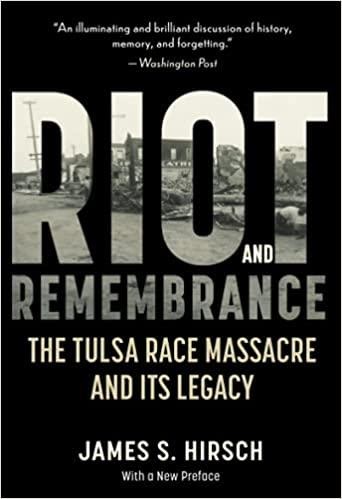
According to Hirsch, Tulsa’s lawless nature was so beneficial to its economy that local law enforcement was encouraged not to uphold the law and therefore chaos thrived. Citizens were assaulted and lynched without a single arrest or prosecution, as “whites established racism as a custom and wrote it into law.” When Tulsa Blacks tried to assert their rights, they were put back into their place, which is what the race massacre was all about.
Long Pattern of Racist Terrorism
The Tulsa Race Massacre followed a long pattern throughout the southern U.S. of racist terrorism and vigilantism that was abetted by state authorities and law enforcement officials.
Two years earlier in Elaine, Arkansas, the governor had called in local troops to assist a white mob that had attacked Black sharecroppers who tried to organize a union. The troops were “under order to shoot to kill any negro who refused to surrender immediately”; they killed at least 200.
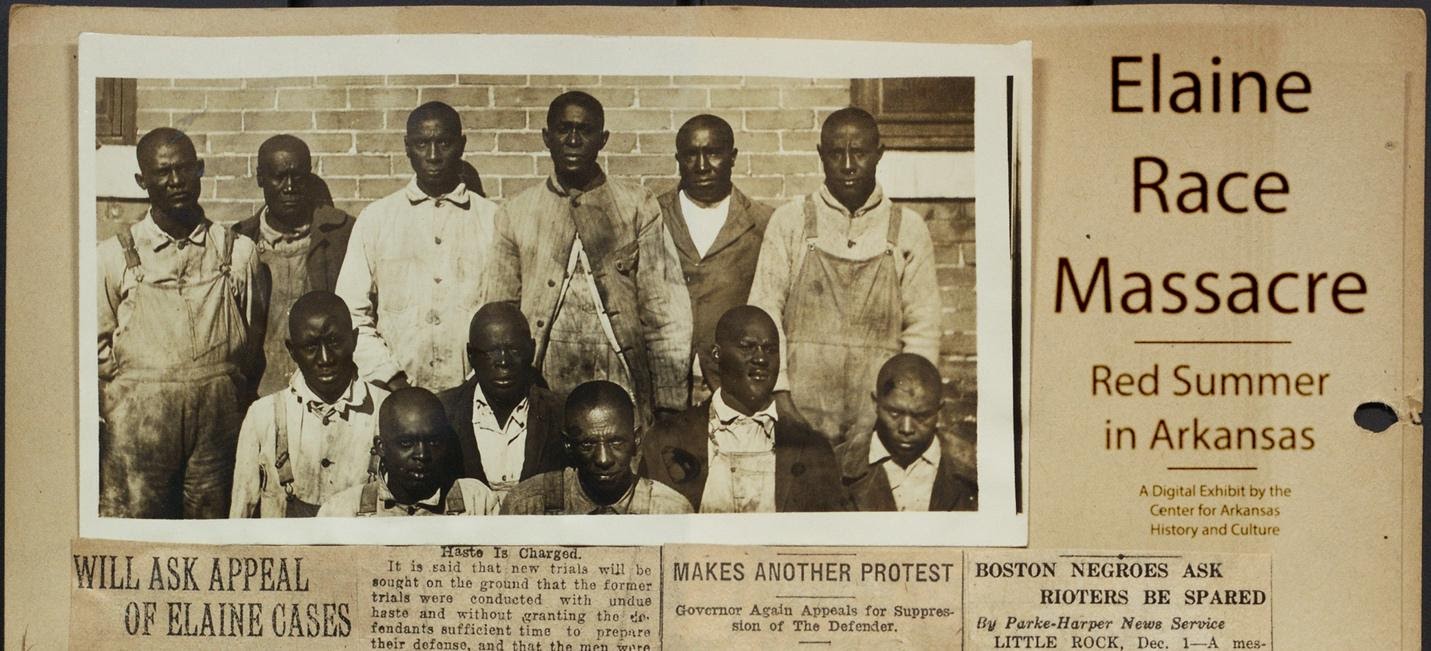
Steve Green was a Black field hand in Arkansas at the turn of the 20th century. In 1910, Green and his employer, William Sidle, had a labor dispute of an unclear nature. Steve quit his position on Sidle’s farm and moved his family to work on another farm just a few miles away.
Steve’s former employer promptly alerted his prospective employer that Green was not permitted to work for anyone else, only Sidle.
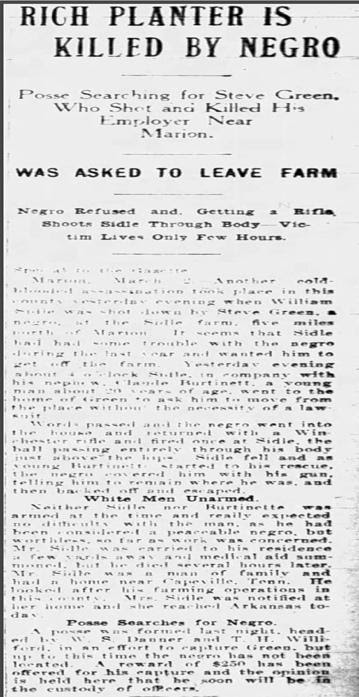
When Sidle showed up to physically collect Green, a scuffle ensued. Steve’s former employer shot him three times. Green was somehow still able to reach a firearm and return fire, killing his former boss.
Despite clear evidence of self-defense, white-owned newspapers claimed it was senseless murder. Green’s character was publicly trashed. A white lynch mob began forming.
Fearing overwhelming threats of violence from white vigilantes in his small Arkansas community, Green fled to Chicago where he was later apprehended by local authorities there.
Facing extradition from Chicago back to Arkansas, Green attempted suicide while in custody but failed. He later begged law enforcement authorities for the means to take his own life so that he would not have to go home and face the horrors of being ritualistically tortured and lynched by a white mob of vigilantes.
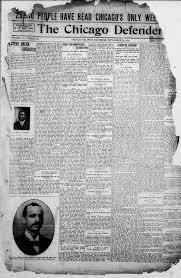
Famous Chicago anti-lynching crusader, Ida B Wells caught wind of Green’s plight and invested in his physical and legal defense. She hired a team of Black lawyers to protect his legal rights, and relied on a tight-lipped network of anti-lynching activists to physically protect him.
Ultimately, Green was exonerated of all charges. This was a rare victory that encouraged Blacks to become more assertive with their legal defense on behalf of groups such as the National Association for the Advancement of Colored People (NAACP), and in defending their communities from white intimidation and terrorism.
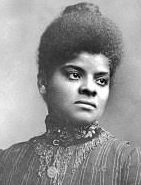
Lynching
Though not a sectional crime per say, the great majority of lynchings in the United States took place in the southern and border states, Oklahoma included.
Until the late 1800s, lynching was used to punish alleged criminals by both Black and white lynch mobs. Following the end of the Civil War and the birth of the KKK, lynching became racialized.
In 1918, the NAACP began lobbying Congress to legislate against lynching on the federal level, but their efforts failed in the U.S. Senate in 1922.
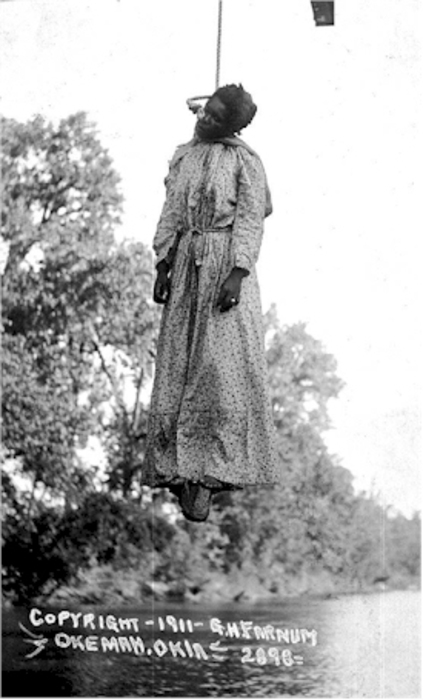
Laura Nelson 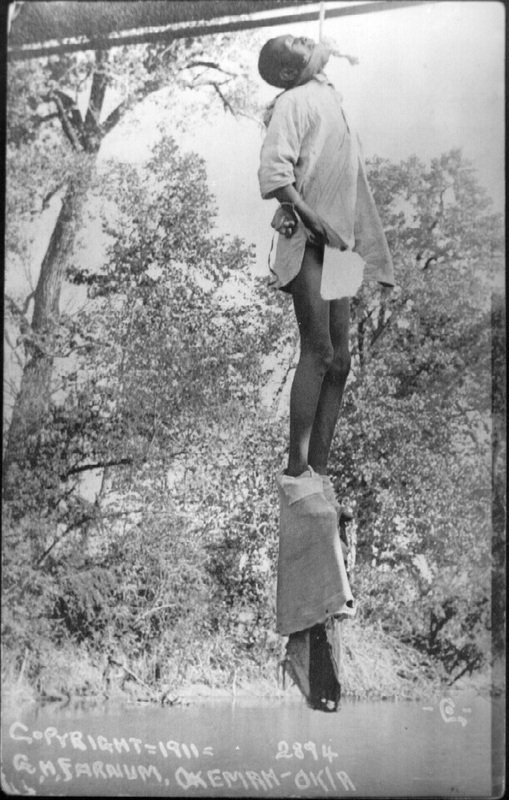
L.D. Nelson
–
Lynchings involved public spectacle, ritualistic torture and, in the case of Laura Nelson’s lynching in Okemah, Oklahoma, rape. Black bodies were often beaten by multiple members of the mob. Burning at the stake was common. Black men accused of any transgression, especially against white women, would often have their genitals cut off while still alive.
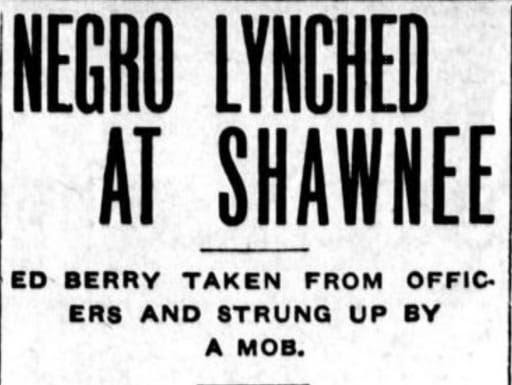
Lynchings were sometimes family events where lucky participants could walk away with a piece of mutilated Black body (finger, ear, or other appendage) as a souvenir. Steve Green would have rather taken his own life than experience this.
Many of the lynchings took place with the help of or due to the negligence of local law enforcement agencies and individuals. White vigilantes often removed their victims from jail cells with little to no resistance from officials.
Mobs carried out inhumane torture rituals on helpless Blacks. White law enforcement officers had an unfortunate history of either refusing or being unable to help. Knowing that the law offered little to no security, some Blacks saw fit to protect their own lives, sometimes with lethal force.
Tulsans Decide to Defend Themselves
Black Tulsans were very familiar with the story of Steve Green due to both Black and white media coverage.
Black Tulsans were not only reading white newspapers, but also Black papers, The Tulsa Star and Black Dispatch out of Oklahoma City.
Non-violence versus self-defense in the face of mob violence became a popular news topic. More stories of Black courage when faced with white lynch mobs flooded the media.
Blacks were also reading stories of Black self-defense closer to home. An increase in the number of local and national news stories of resistance to the culture of lynching led Black Tulsans to rush to the aid of Dick Rowland in June 1921.
They thought they could save Rowland as they had Jim Adkinson, who had been accused of sexually assaulting a white woman in Okmulgee, Oklahoma, in October 1920. In his case, the sheriff was forced to intervene and vowed to protect Adkinson’s right to a fair trial after more than 1,000 African-Americans armed themselves and protected him from a white lynch mob.
Thanks to the vigilance of the Black community, Adkinson survived to see his trial and was found not guilty.
Perhaps the most influential display of Black self-defense leading up to the burning of Greenwood was John McShane’s escape from police custody in April 1921.
Less than two months before the Tulsa Race Massacre. John McShane had been arrested in Muskogee, Oklahoma, after winning a fistfight with a white man. Upon learning of rumors of the Klan coming for McShane, a group of armed Black men executed a sensational rescue.
A deputy was shot in the process of freeing McShane, but many Black Oklahomans saw this sensational escape as empowering in the fight against racial terror. This event was still very fresh in the minds of Black Tulsans when things came to a head on Black Wall Street.
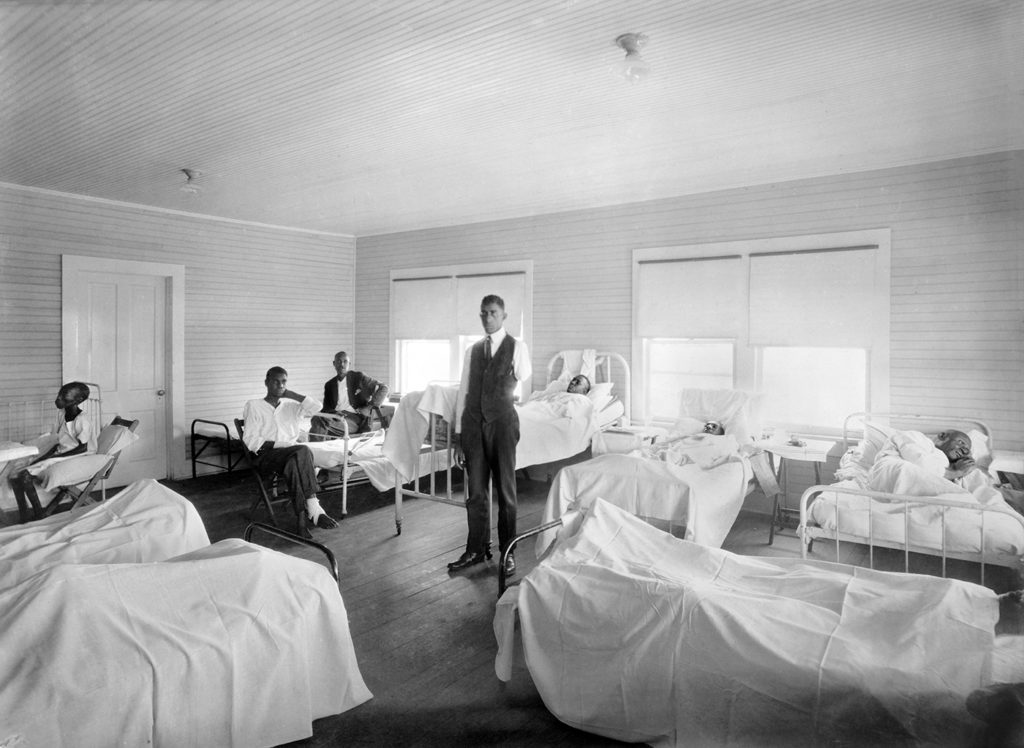
When the threat of Dick Rowland’s lynching became imminent in June 1921, Black men, mostly World War I veterans in the Greenwood community, saw it as their noble masculine duty to protect the young man from mob violence. Rowland had also been accused of sexually assaulting a white woman and a white lynch mob was demanding that the sheriff hand him to the crowd.
The group of Black men who chose to defend Rowland’s life had also been motivated and inspired by the local and national trend of self-defense in the face of white racialized violence and the breakdown of local law enforcement. The impunity accorded to white vigilantes was a feature of the Jim Crow era that led to catastrophes like the Tulsa Race Massacre.
Failure to Overcome Its Demons
As strong an effort as there has been to commemorate the victims of those horrible events long ago, the City of Tulsa has as of yet refused to provide reparations to Tulsa’s Black community—a situation which is now in litigation.

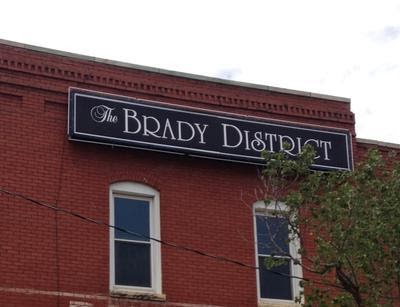
The city has also refused to rename the Brady district—a flourishing commercial area replete with nightclubs, restaurants, and a ballpark built directly on the ruins of Black Wall Street.[2]
As the centennial commemorations were being prepared this year, Oklahoma’s Republican-dominated state legislature passed House Bill 1775, which outlaws public school teachers from teaching how racism played a role in shaping American society.
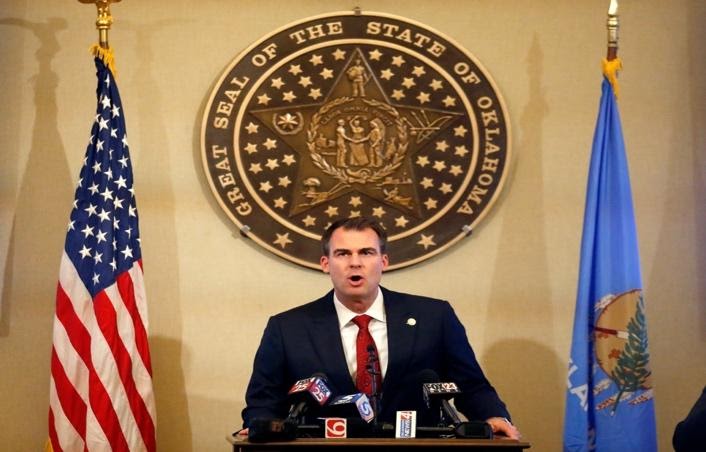
The chair of the Oklahoma City Public Schools Board of Education, Paula Lewis, characterized HB 1775 as “an outright racist and oppressive piece of legislation.”

Former State Senator Anastasia Pittman (D) stated that “the suppression of education is oppression. Every student has a right to know their historical experience and contributions and HB 1775 took that away.”
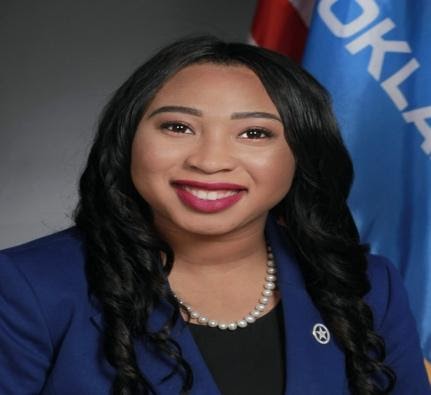
The absurdity of the new law was explained by Devin J. Veney, a Black history teacher at Carver Middle School in Tulsa, who said that it would restrict him from teaching students what happened on Greenwood Avenue—the very street where his school is situated.
Neither the city of Tulsa nor the state and country where it rests has changed as much as people would like to think since the dark weekend 100 years ago when Black Wall Street was destroyed.
Not only do racial divisions linger, but so do deep class divisions and the “good ol’ boys club” mentality of government leaders, which prevents our society from overcoming its demons and evolving into a more humane place.

-
Mary E. Jones Parrish, Events of the Tulsa Disaster (Tulsa: John Hope Franklin Center for Reconciliation, 1923, 2009), 48. ↑
-
In 2013, after activists had raised an outcry that the Brady district was named after W. Tate Brady, the City Council decided to rename Brady Street to M.B Brady Street after Mathew Brady, a famous civil war photographer who had no connection to Tulsa. Many felt this was a way to avoid renaming the street and district. ↑
CovertAction Magazine is made possible by subscriptions, orders and donations from readers like you.
Blow the Whistle on U.S. Imperialism
Click the whistle and donate
When you donate to CovertAction Magazine, you are supporting investigative journalism. Your contributions go directly to supporting the development, production, editing, and dissemination of the Magazine.
CovertAction Magazine does not receive corporate or government sponsorship. Yet, we hold a steadfast commitment to providing compensation for writers, editorial and technical support. Your support helps facilitate this compensation as well as increase the caliber of this work.
Please make a donation by clicking on the donate logo above and enter the amount and your credit or debit card information.
CovertAction Institute, Inc. (CAI) is a 501(c)(3) non-profit organization and your gift is tax-deductible for federal income purposes. CAI’s tax-exempt ID number is 87-2461683.
We sincerely thank you for your support.
Disclaimer: The contents of this article are the sole responsibility of the author(s). CovertAction Institute, Inc. (CAI), including its Board of Directors (BD), Editorial Board (EB), Advisory Board (AB), staff, volunteers and its projects (including CovertAction Magazine) are not responsible for any inaccurate or incorrect statement in this article. This article also does not necessarily represent the views the BD, the EB, the AB, staff, volunteers, or any members of its projects.
Differing viewpoints: CAM publishes articles with differing viewpoints in an effort to nurture vibrant debate and thoughtful critical analysis. Feel free to comment on the articles in the comment section and/or send your letters to the Editors, which we will publish in the Letters column.
Copyrighted Material: This web site may contain copyrighted material the use of which has not always been specifically authorized by the copyright owner. As a not-for-profit charitable organization incorporated in the State of New York, we are making such material available in an effort to advance the understanding of humanity’s problems and hopefully to help find solutions for those problems. We believe this constitutes a ‘fair use’ of any such copyrighted material as provided for in section 107 of the US Copyright Law. You can read more about ‘fair use’ and US Copyright Law at the Legal Information Institute of Cornell Law School.
Republishing: CovertAction Magazine (CAM) grants permission to cross-post CAM articles on not-for-profit community internet sites as long as the source is acknowledged together with a hyperlink to the original CovertAction Magazine article. Also, kindly let us know at info@CovertActionMagazine.com. For publication of CAM articles in print or other forms including commercial internet sites, contact: info@CovertActionMagazine.com.
By using this site, you agree to these terms above.
About the Author

Anthony Cherry is a James Madison Fellow and received his Master’s degree in History at the University of Tulsa.
As a PhD student studying American History at Oklahoma State University, he focuses on the American West and War and Society. His current research interests include radical social, political, and education reform movements in Oklahoma history.
Anthony also teaches history at Holland Hall School in Tulsa. Before that he taught at Booker T. Washington High-School.
Anthony can be reached at acherry@hollandhall.org.


This is an excellent article that provides historical facts that should be included in all schools history class curriculums.
This is an excellent well written article. I agree that these kind of story should be taught to people but maybe it is better to teach to grownups than children
A study led by Tel Aviv University researchers finds that the Holocaust education trips Israeli high school students take to Poland every year can trigger mental health problems.
About a third of the psychiatric professionals surveyed in this pilot study said they had treated teenagers for psychological problems arising from the Holocaust education trips. While most of the teenagers were treated for less severe symptoms such as anxiety, adjustment, and mood disorders, reports also cited hospitalization, post-traumatic-stress disorder, and psychosis
Maybe that would not happen if the Israeli kids were not told all kinds of horrible and ignorant Zionist agenda, prejudices before embarking on their journey. I saw a documentary in which Israeli kids were told things that Polish people would say about them. Without knowing a word of Polish when in Poland they resorting to presuming these words of hate and hostility even though the documentary revealed the words spoken had so such meaning. A presumption of prejudice was planted in the kids minds by the grown-up Israelis in-charge of their trip.
( no such meaning….no edit button)
I actually agree with you that kids should be allowed to be kids. Let them grow up and then share these experiences with them when they can handle it.